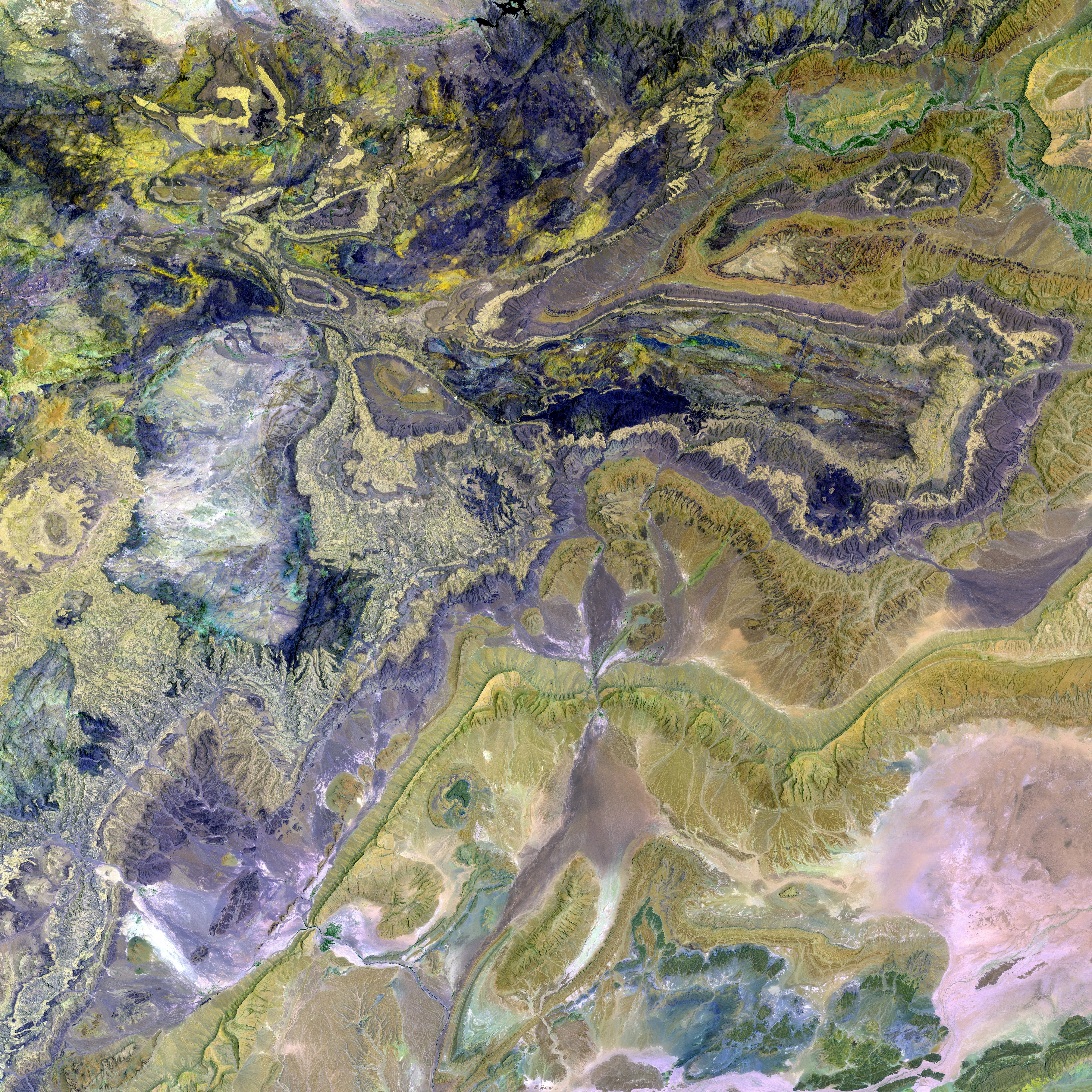Information Regarding Data Storage Devices:
Computer Memory: A Storage System for Data and Instructions
In the realm of technology, computer memory serves a vital function akin to the human brain, storing data and instructions for processing. This data storage unit, crucial for a computer's operation, can accommodate both input and output.
Computer memory outperforms secondary memory, such as hard drives, in terms of speed, as it offers quicker data access. It is essential to note, however, that computer memory is usually volatile, losing data when the power is switched off.
As a machine runs, it necessitates primary memory, as a computer cannot operate without it. Let us delve further into understanding how this memory system functions.
When opening a program, it transfers from the secondary memory, such as a solid-state drive (SSD), to primary memory for quicker access by the computer's processor. As primary storage is accessed more swiftly, the opened software can connect with the processor more efficiently. This memory is readily accessible from temporary memory slots or other storage sites.
Memory is classified as volatile, meaning data should be saved in secondary memory for storage to preserve it once the device is turned off.
Primary memory can be divided into three categories:
- Primary Memory: Known as the main memory of the computer system, it stores data and programs during computer operations. This type of memory utilizes semiconductor technology, also known as semiconductor memory. Primary memory comes in two forms:
- RAM (Random Access Memory): A volatile memory that stores data based on the power supply. When the power is shut off, all data stored in this memory will be erased. RAM is utilized for booting up or starting the computer, temporarily storing programs/data that the processor needs to execute. RAM comes in two types:
- S RAM (Static RAM): S RAM uses transistors in its circuits, which can retain their state as long as power is supplied. It consists of a series of flip flops, each storing one bit, with fewer access times, making it faster.
- D RAM (Dynamic RAM): D RAM uses capacitors and transistors, storing data as charge on the capacitors. It has thousands of memory cells that need periodic charge refreshment due to its slower access rate compared to S RAM.
- Secondary Memory: Also known as auxiliary memory or backup memory, it is a non-volatile memory used to store a large amount of data or information at a slower pace than primary memory. The data or information stored in secondary memory is permanent and inaccessible directly by the CPU. Instead, the data is first transferred to the main memory, and then the CPU can access it.
Key Characteristics of Secondary Memory:- It is slow but reusable.- It is reliable and non-volatile.- It is cheaper than primary memory.- The storage capacity of secondary memory is large.- A computer system can run without secondary memory.- In secondary memory, data is stored permanently even when the power is off.
- Cache Memory: A high-speed semiconductor memory, cache memory serves as a buffer between the CPU and the main memory, acting as a temporary storage area for the data and programs most frequently used by the CPU. Cache memory offers faster data access and reduced CPU wait time during program execution.
In summary, primary memory, such as RAM, is temporary and volatile, while secondary memory, like hard disks or optical discs, is non-volatile and used for long-term data storage. Cache memory acts as an intermediary between the CPU and main memory, granting faster processor operation.
[Enrichment Data]The operation of semiconductor-based memory in computer systems differs significantly between RAM (Random Access Memory) and ROM (Read Only Memory) in terms of volatility, purpose, and how data is accessed and stored. ROM, in contrast, is non-volatile, retaining its data even when power is off. This memory holds firmware or permanent instructions essential to the computer’s startup and basic operation, such as the BIOS or bootstrap programs. RAM, on the other hand, serves as temporary, fast-access memory where the CPU reads and writes data rapidly during program execution, storing only the operating system, applications, and data currently in use. Both RAM and ROM have different structures and usage scenarios, with RAM being volatile and ROM typically non-volatile, influencing their roles in modern computing systems.
In the context of data-and-cloud-computing technology, the primary memory, specifically RAM (Random Access Memory), operates as a crucial temporary storage system akin to a heap where the computer processor easily accesses data and instructions for the efficient execution of programs. Additionally, this technology employs cache memory, a high-speed semiconductor memory that acts as a buffer between the CPU and main memory, optimizing data access and reducing CPU wait times, further enhancing the computer's performance.



